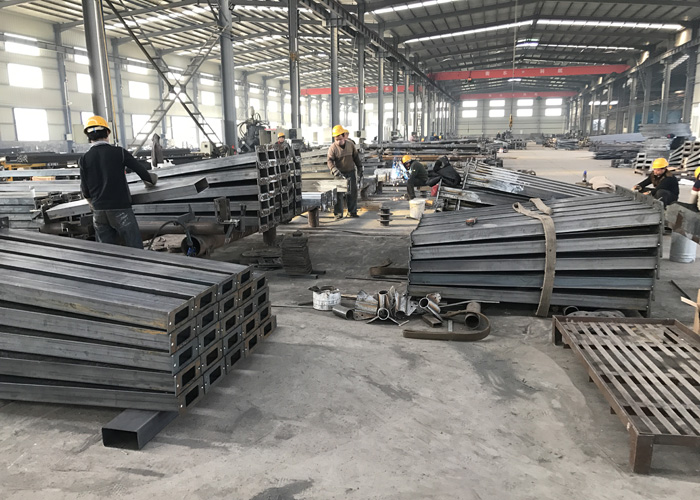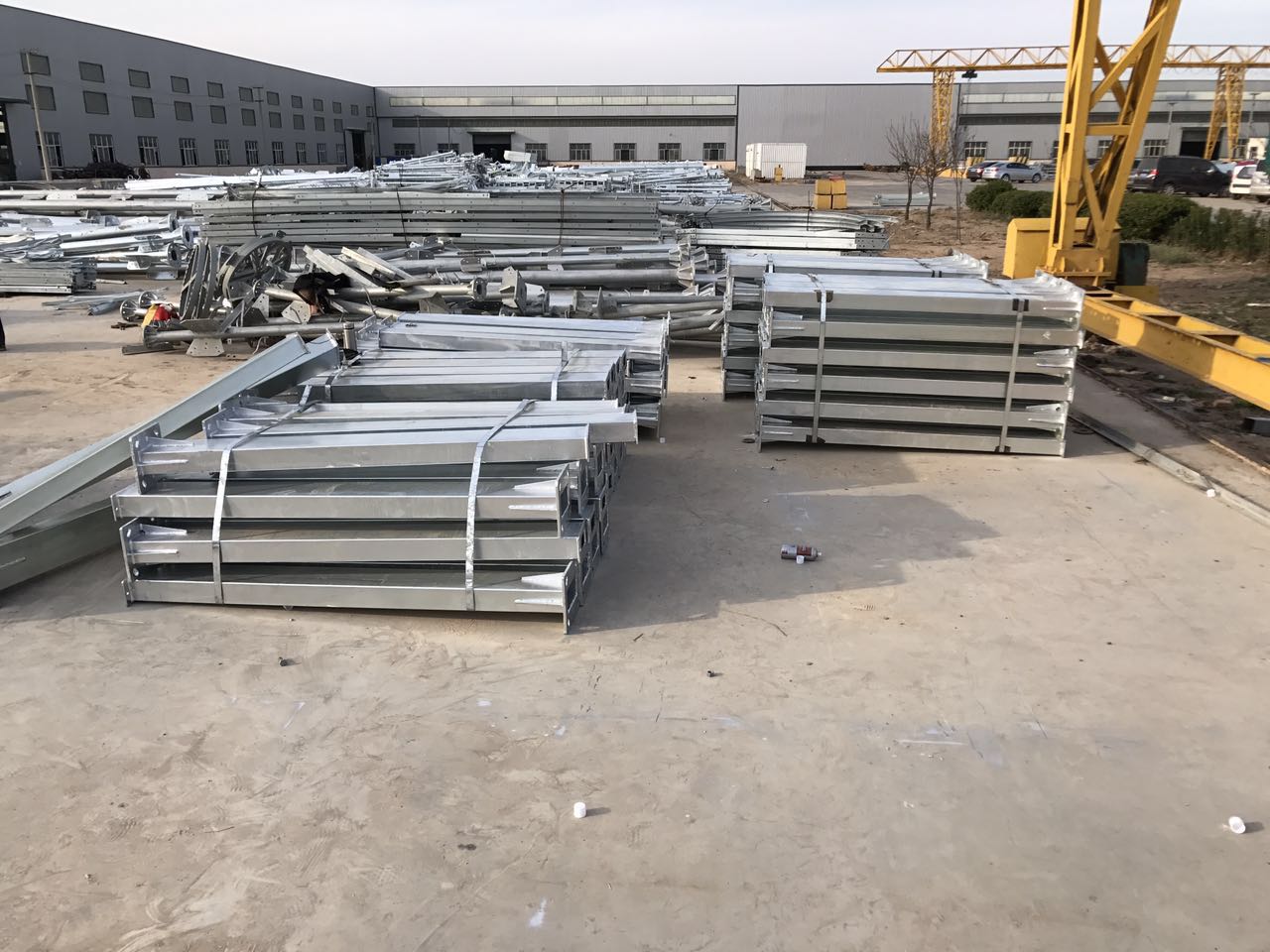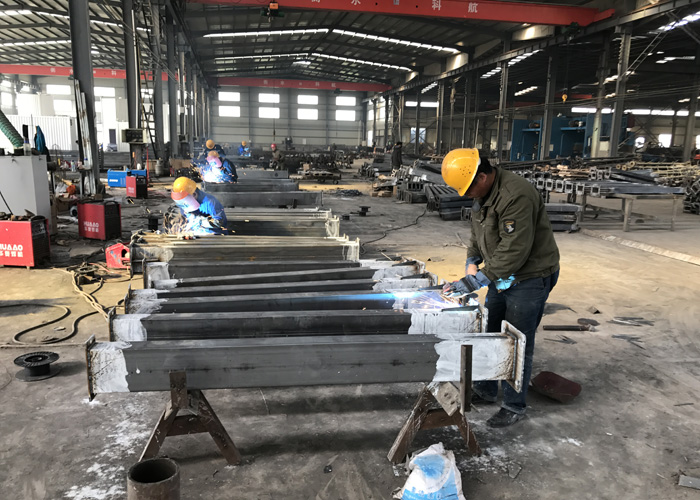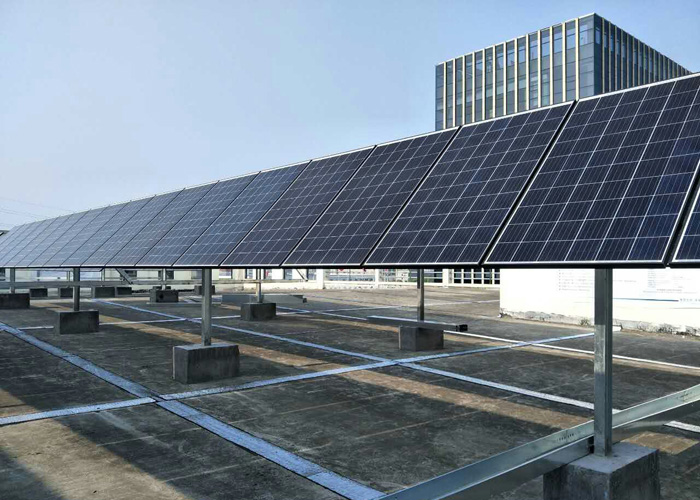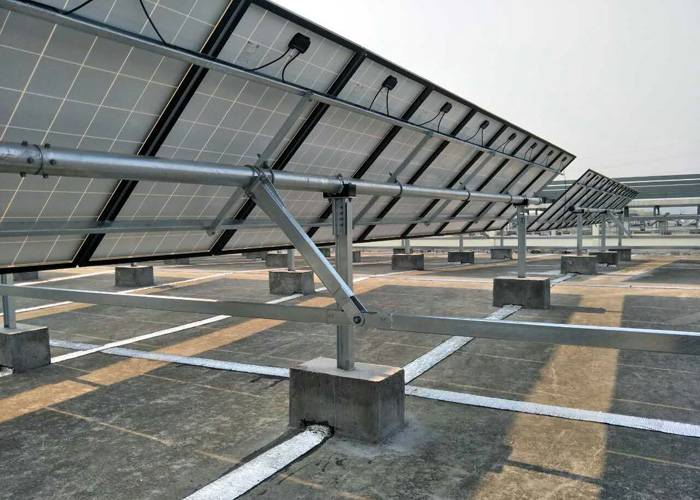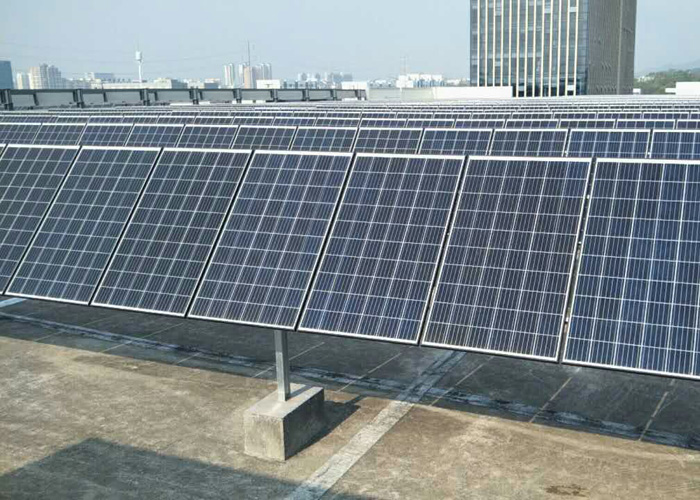Carbon steel stamping head
The form of the blind is close, but the blind is detachable plug, and the welded cap is not removable. Caps include convex caps, conical shells, variable-diameter sections, flat caps, and deflation ports.
Male caps include: Hemispherical caps, oval caps, dish caps, and ball-cap caps. From the force point of view convex cap from the hemispherical tube cap gradually poor, but from the manufacturing point of view, the gradual manufacturing.
Cap parameters
Stainless steel: 304 304L 316 316L 321 2520 310,317, and other materials.
Path: DN15-DN1200
Wall thickness: SCH5-SCH160
Standard: ASME DIN JIS BS GB / T JB SH HG, as follows: GB / T12459-2005, GB / T13401-2005, ASME B16.9, SH3408,
SH3409, HG / T21635, DL / T695, SY / T0510, DIN2617
Uses: water, beverages, beer, food, petrochemical, nuclear power, machinery, medical equipment, fertilizer, shipbuilding, waterproofing, pipelines, etc.
Packing: wooden box, cardboard box
Disc cap r at the splicing to avoid thinning, high stress.
Weld stitching direction requirements only allow radial and circumferential direction. Large tube caps may eliminate this requirement later. Splicing distance should be required, for more than 3δ, and not less than 100mm (heat affected zone is a high stress zone, and the chemical composition of the area there will be burning, so to avoid the high stress zone, the thickness of the area According to practical experience, the stress attenuation length is greater than 3δ, and not less than 100mm). However, it is difficult for refrigeration equipment to meet this requirement and has its own particularity.
Stitching after forming the head, splicing weld should be 100% ray or ultrasonic testing, qualified level with the device shell. The final shape of the weld detection level, the same proportion of equipment and shell, high waste.
Example: If the equipment housing is 20% tested, III qualified. That stuffy head splicing seam and the final weld is also qualified III, the welding joint coefficient of 0.85;
If the equipment housing is 100% tested, II qualified. That stuffy head splicing seam and the final weld is also qualified II, the welding joint factor of 1
So bulkhead stitching although 100% testing, but not the same as the qualified level, with the device shell to go.
But pay attention to the process of manufacturing:
The correct approach is: blanking (scribing) - small board spell into a large board - forming - non-destructive testing
If the testing is not done before forming is not right, can not guarantee the quality of the product after forming. In other words, NDT means final NDT.


